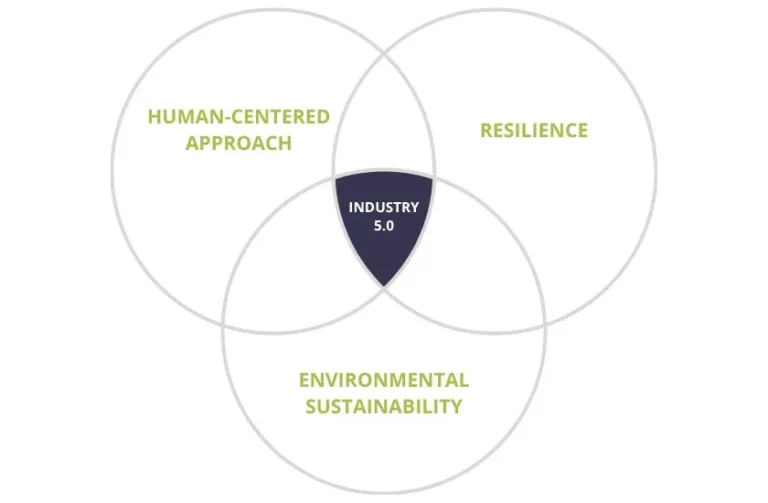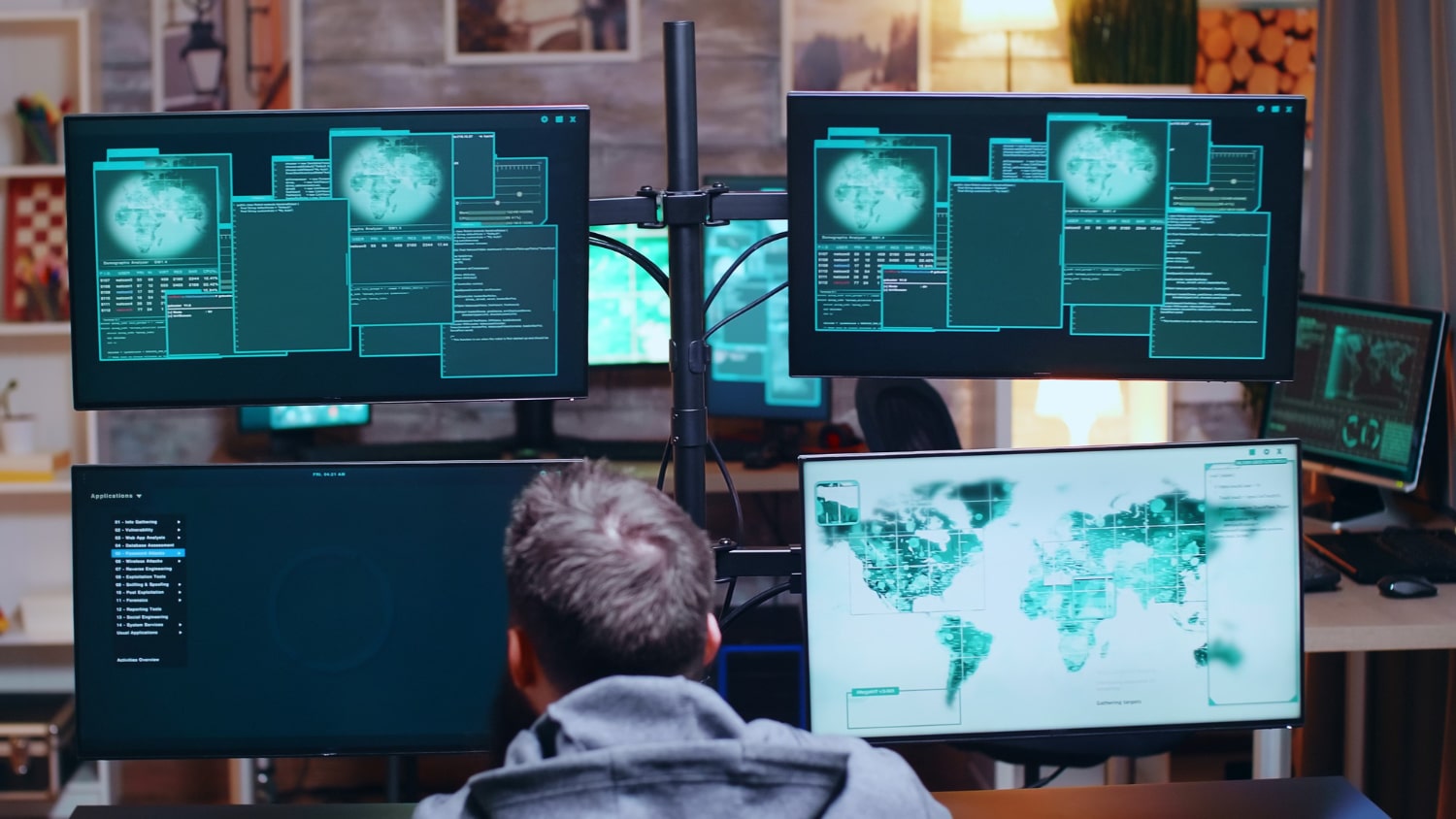Industry 5.0 marks a new stage in industrial transformation. Unlike Industry 4.0, which focused on automation and smart machines, this new approach puts people back at the center of production.
The concept of Industry 5.0, developed in Europe under the initiative of the European Commission, describes a new phase in industrial evolution where humans and technology work closely together.
The goal is not to return to traditional craftsmanship, but to redefine the role of the operator by placing them at the heart of decision-making.
This approach is built on three key pillars: human-centered design, environmental sustainability, and resilience.
This means, for example, using artificial intelligence systems that can detect production defects invisible to the naked eye. The operator then remains responsible for analyzing the situation and deciding on the best course of action.
Beyond simply spotting problems, a human-centered approach ensures that teams are actively involved in designing and optimizing systems. Industrial monitoring tools become partners rather than supervisors.
This approach values the skill, intuition, and experience of operators while improving overall quality and efficiency in industrial processes.

Industry 4.0 comes with a significant energy cost. A single data center can consume as much electricity as a city of 50,000 people. Increasing the number of sensors, connections, and servers to process terabytes of data inevitably raises the carbon footprint. Today, 67% of companies incorporate environmental considerations into their digitalization strategies, marking a real shift.
In practice, this means optimizing energy use across processes, reducing waste by improving quality, and extending the lifespan of equipment through predictive maintenance.
Resilience addresses recent shocks such as COVID-19, semiconductor shortages, and geopolitical tensions. Global supply chains have proven highly fragile. Industry 5.0 advocates for more flexible and localized production. This is not about protectionism, but pragmatism: a factory that can quickly adapt, switch products in days rather than weeks, and diversify its supply sources through additive manufacturing becomes a major strategic advantage.
The adoption of AI in industry is accelerating dramatically. Today, 35% of companies report having deployed generative AI solutions, an increase of 28 points compared with the previous year. This growth far outpaces previous technology waves.
Key application areas include the supply chain (improving forecasts), maintenance (predictive and advanced diagnostics), and quality (traceability).
However, enthusiasm must be tempered with reality. Twenty-two percent of respondents report seeing no performance gains despite implementing these solutions, highlighting the challenge of generating real value with AI.
The problem often lies in the approach. Many companies adopt AI simply because it is trendy, without carefully considering the use case. A production director in the mechanical sector recently shared: “We invested in an AI-based vision system to inspect our parts. Technically, it works, but it generates so many false alerts that operators ended up turning it off. We spent 200,000 euros for nothing because we didn’t involve the teams enough in defining the requirements.”
When deployed correctly, however, AI delivers impressive results. In the aerospace sector, vision systems combined with deep learning detect defects invisible to the naked eye on composite parts. Accuracy is extremely high, but the operator remains involved to validate ambiguous cases and adjust parameters. This human-machine collaboration achieves a level of quality that neither could reach alone.
Algorithms now monitor thousands of parameters – vibrations, temperature, electrical current – to anticipate failures. An industrial pump equipped with IoT sensors and a predictive algorithm can significantly reduce unplanned downtime, with a major impact on productivity and maintenance costs.
Generative AI is also opening up unexpected applications: automatically creating technical documentation that would otherwise be tedious to produce, assisting in robot programming to cut setup time, optimizing machining paths to reduce cycle times and tool wear, and generative part design, where algorithms propose optimized designs that meet strength and weight constraints.
Despite its benefits, Industry 5.0 comes with several challenges:
Industry 5.0 is neither a miraculous revolution nor a marketing invention. It is more a necessary course correction in response to the shortcomings of Industry 4.0: rigid systems, dehumanized work, excessive energy consumption, and fragile supply chains.
It will succeed if it starts from real operational needs and constraints and truly positions operators as assisted decision-makers rather than monitored executors. This approach may be less flashy than visions of a fully autonomous factory, but it is likely more realistic and sustainable.
In fact, Industry 5.0 is already emerging gradually in workshops that aim to produce better, reduce labor strain, retain talent, and adapt more quickly to disruptions. The concept gives a name to this evolution, but it did not create it. Smart manufacturers were already doing this long before Brussels formalized it.

Copyright © 2025. MOTILDE. All rights reserved.